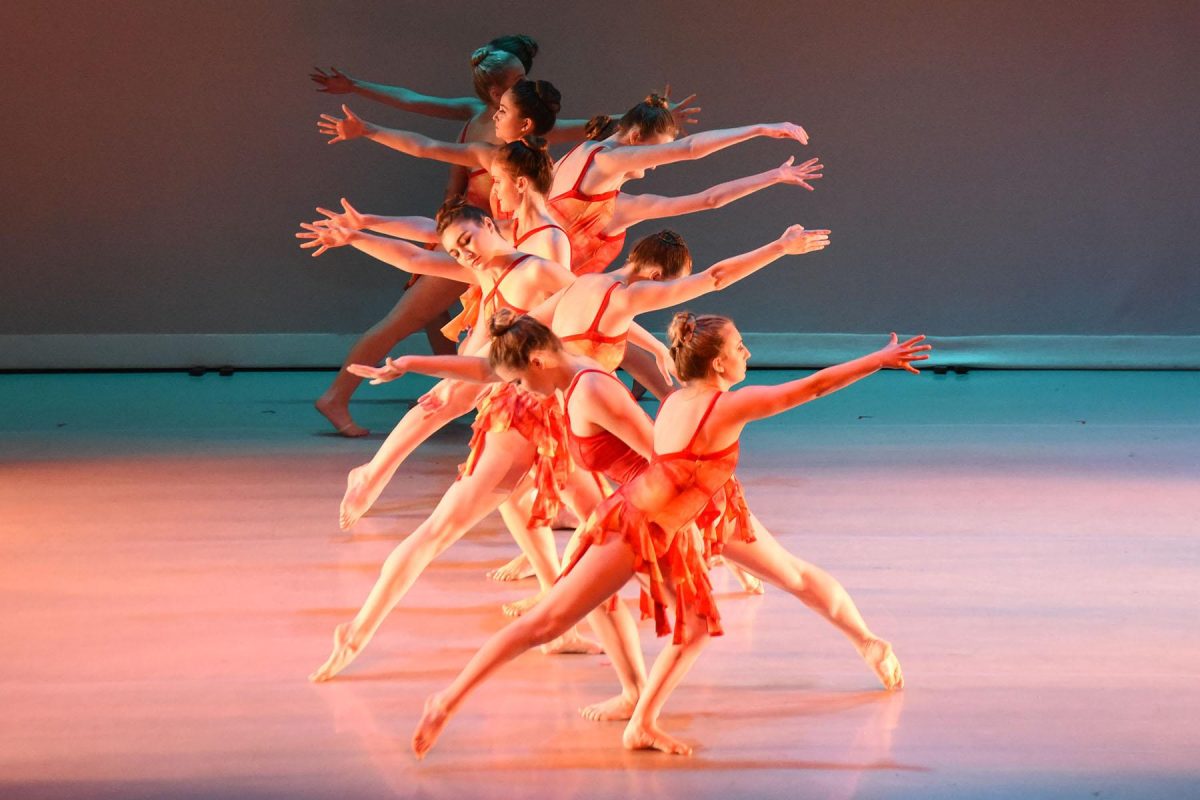“Tampopo” is an entertaining intersection of Western drama and Japanese comedy.
Following the story of two truck drivers on a quest for the best ramen, they stumble upon a run-down ramen shop run by a widow named Tampopo and her son. The two drivers make it their mission to help the woman and her shop by searching for only the finest ingredients to make the iconic umami combination of broth, noodles and toppings.
Directed by Juzo Itami, the film is interlaced with comedic vignettes that loosely center around the main characters, which makes for an engaging viewing experience.
It’s presented as a “ramen western,” a play on the classic genre the “spaghetti western,” which was cemented by director Sergio Leone and featured Clint Eastwood in the starring role.
Many of the tropes from the western are present, such as the lone cowboy with his trusty steed—in this case, a truck with horns attached—and intense close-up shots of characters. It adds to the film’s feel as a tongue-and-cheek tribute to the cinema genre while combining Western and Eastern cultures.
The film is ultimately centered around and observes food through its relationship with people and how food is used in connections and relationships.
Besides the main storyline of the truckers helping Tampopo with her ramen, the vignettes throughout the film revolve around food as well.
One of the recurring characters in these scenes is a Japanese gangster in a white suit, who eats Western food and dresses like he’s out of the film “Goodfellas.” This character serves as a visual representation of the Western influences that impacted Japanese culture, especially with the economic bubble that was prominent in the late 1980s.
Besides a bizarre egg yolk scene, the moments with this character are alluring and help pull the viewer in as he opens the film by breaking the fourth wall. The unconventional nature of the visual styles along with the unique storytelling keeps the audience on their toes as to what is going to happen next.
Although many of the vignettes in the film are comedic and entertaining, a few of them border on the side of absurdism. As well, some points in the film feel like they are slowed down, which makes the viewer just want to get back to the main storyline. However, each vignette does have its own importance and meaning with its symbolism of the connection between humans and food.
“Tampopo” is a delightful cinematic celebration of Japanese cuisine with Western influences, and makes you crave a bowl of ramen after viewing. The film is available for streaming on Kanopy.
I give it an 8/10.














